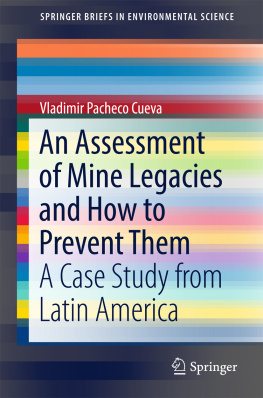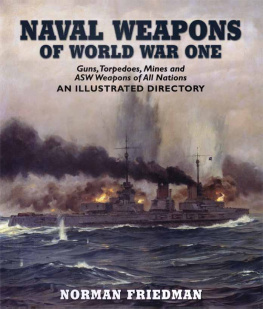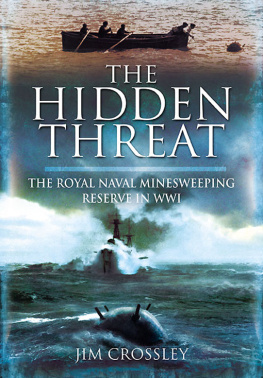First published in Great Britain in 2008
By Pen and Sword Military
an imprint of
Pen and Sword Books Ltd
47 Church Street
Barnsley
South Yorkshire S70 2AS
Copyright Mike Croll, 2008
ISBN 978 1 84415 841 6
eISBN 9781844685004
The right of Mike Croll to be identified as the author of this work has been asserted by him in accordance with the Copyright, Designs and Patents Act 1988.
A CIP record for this book is available from the British Library
All rights reserved. No part of this book may be reproduced or transmitted in any formor by any means, electronic or mechanical including photocopying, recording or by any information storage and retrieval system, without permission from the Publisher in writing.
Printed and bound in England
by Biddles
Typeset by S L Menzies-Earl
Pen and Sword Books Ltd incorporates the imprints of
Pen and Sword Aviation, Pen and Sword Maritime, Pen and Sword Military, Wharncliffe Local History, Pen and Sword Select, Pen and Sword Military Classics and Leo Cooper.
For a complete list of Pen and Sword titles please contact
Pen and Sword Books Limited
47 Church Street, Barnsley, South Yorkshire, S70 2AS, England
E-mail: enquiries@pen-and-sword.co.uk
Website: www.pen-and-sword.co.uk
Caltrops attached to boards, recovered by Allied troops from German trenches in the First World War. The Caltrop has been used, practically unaltered, for 2,000 years. ( Imperial War Museum )
Mine detectors were hastily produced during the Second World War. The first effective mine detector was designed by Polish Lieutenant, Jzef Kosacki. This picture is of a production facility in South London during 1943. ( Imperial War Museum )
During the campaign in North Africa both sides used prodigious numbers of mines. The Allied soldier on the left is holding an Egyptian Pattern (EP) anti-tank mine (which were considered dangerous to lay and even more dangerous to lift); the one on the right holds a Polish mine detector. ( Royal Engineers Library, Chatham )
An Egyptian Pattern mine recovered from Egypt over fifty years after it was laid. ( Colin King )
This pilot vehicle was improvised in the Western Desert in 1941 to locate the first row of mines in advance of a deliberate clearance operation. The concrete-filled rollers were pushed ahead of the vehicle which was operated from inside an armoured cylinder. The technical notes claimed that Drivers of pilot vehicles are subject to considerable strain of a peculiar nature. ( Royal Engineers Library, Chatham )
A painting by Terence Cuneo depicting the breaching of the minefields at El Alamein on 23/24 October 1942. It was no easy task, a British officer noted, we tried for the first time to use what were called Scorpions [flail tanks] and they were very unreliable they broke down and got in the way and then the Sappers had to [clear the minefields] by hand. ( Royal Engineers Library, Chatham )
Prisoners of war were often used to clear minefields. Afterwards, they were allowed to satisfy themselves that the ground had been thoroughly searched by walking over in close order. ( National Army Museum ) )
The Soviets laid millions of mines during the Second World War, sometimes under fire immediately in front of a German advance. This Soviet Sapper is digging in a wooden anti-tank mine at the Battle of Kursk. ( Imperial War Museum )
An Allied advance in North-West Europe delayed whilst the route is checked for mines. During the Second World War mines accounted for 4 per cent of all personnel casualties and 25 per cent of all tank casualties. ( Royal Engineers Library, Chatham )
A German Sprengbombe Dickwandig 2kg (SD2), one of the earliest cluster munitions. The US copied the SD2 and used them in Korea and Vietnam. ( Colin King )
No. 1 Dog Platoon, Royal Engineers in Northern France in 1944. Dogs were, and continue to be, used to support some demining operations, but they have a variety of limitations. In the foreground the large wooden box is a Holzmine 42 anti-tank mine, the large mines are Tellermine 35s, the rectangular boxes with the corrugated tops are captured French antitank mines and the white cones are mine markers. ( Imperial War Museum )
A German POW prepares to destroy a Tellermine 42 in Norway. Tens of thousands of POWs were employed as deminers after the Second World War. In Norway alone, 192 were killed and a further 275 were wounded. ( Imperial War Museum )
Since the Second World War over 500 different types of mine have been produced. But far more effort went into designing and laying mines than into ways of countering them, leading to a widespread, long-term problem of uncleared mines in many parts of the world.
A truck after hitting a guerrilla mine in Mozambique. The driver was killed. After the war in Mozambique 30 per cent of the road network could not be used because of the threat of mines.


























